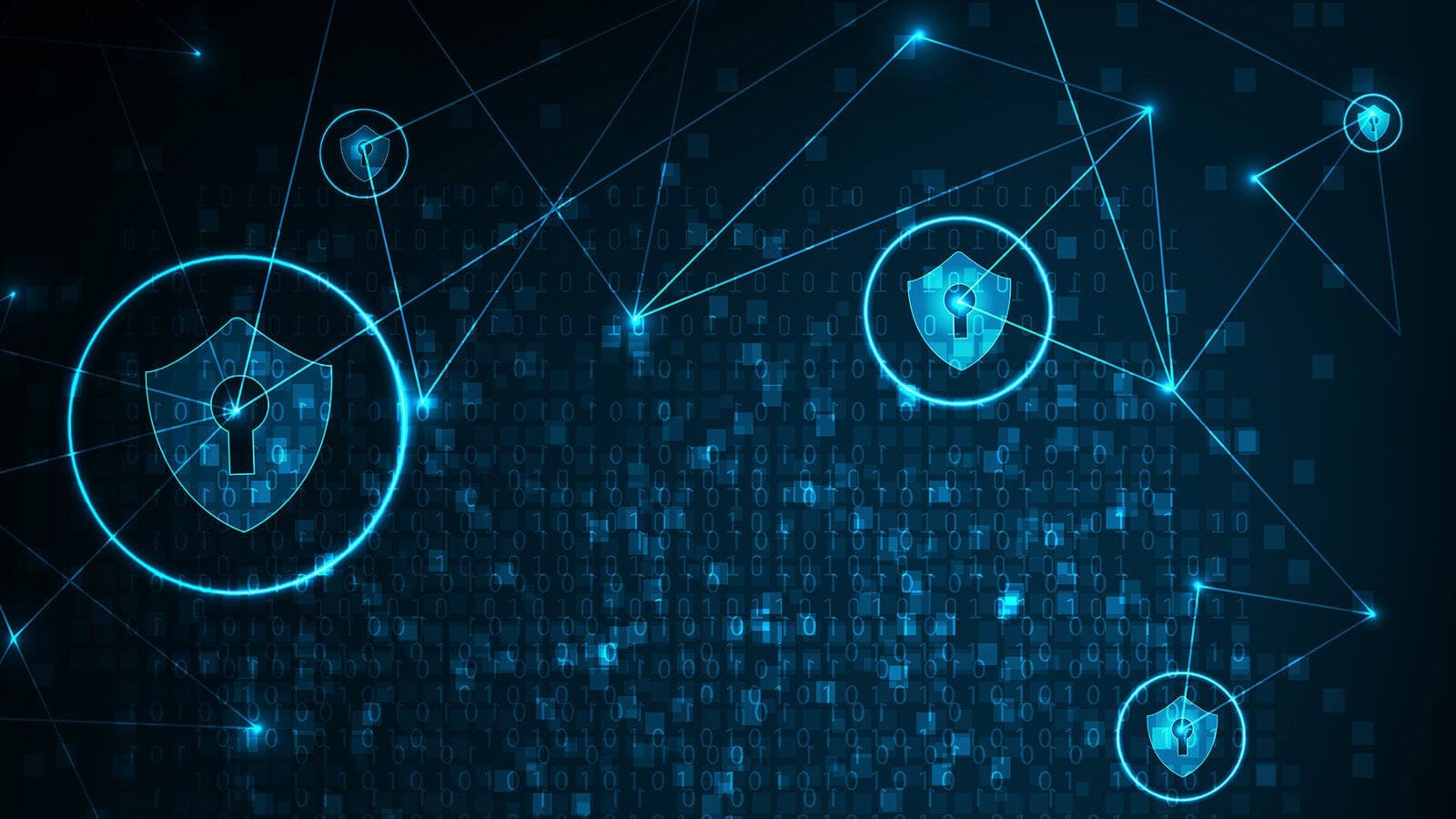Cloud Girls is honored to have amazingly accomplished, professional women in tech as our members. We take every opportunity to showcase their expertise and accomplishments – promotions, speaking engagements, publications and more. Now, we are excited to shine a spotlight on one of our members each month.
December Cloud Expert of the Month is Wendy Holmquist
Wendy Holmquist has 20+ years of professional experience working in emerging technologies and go-to market sales strategies. Her experience includes time at Adobe, Oracle, Centurylink, and Verizon working with a wide range of customers and strategic alliance partners in both public sector and enterprise. She is able to provide clients with invaluable market knowledge, comprehensive strategies, and effective solutions to transform business initiatives, markets and organizations. She has a broad base of technology expertise in IaaS, PaaS, SaaS, DRaaS, software, AI, data center, security, network, and digital media.
Wendy has just returned from a 10-month sabbatical and is currently working at Splunk managing global systems integrator alliances for State, Local, and Higher Education (SLED) nationally. She is passionate about driving initiatives, personally and professionally, that have meaningful impact on communities and improving the lives of others. Wendy holds an MBA from the University of San Francisco and Bachelor’s of Science degree from California Polytechnic University in San Luis Obispo, California.
When did you join Cloud Girls and why?
I am one of the original Cloud Girls. I was invited to join what was an informal group of women coming together monthly via conference call to discuss cloud technologies in 2012, back when no one really knew what cloud meant. I joined the first Board of Directors and planned our first Cloud Girls off-site retreat in 2014. The first retreat was a game changer for all of us because it allowed us to physically come together as group and map out our mission and vision for the organization.
What do you value about being a Cloud Girl?
I value the friendships that I have made over the years and the unbiased approach to uplifting our unique community of women. I love and live by our mission to not only support each other, but other young women in their technology aspirations.
What is the biggest risk that you’ve taken?
When I started considering taking some time off from my career to recharge and focus on my family and uninterrupted personal development, it felt like it was too big of a risk to consider, professionally and financially. Ultimately, I allowed myself to take the risk. It’s remarkable how much you learn about yourself, your values, and how to be grateful when you take time to breathe and slow down the chaos of our daily lives. In my time off I learned to ensure that everything I do going forward, at home and as a woman in technology, will reflect authenticity and my core values. As I move step into a new role after a 10 month break, I realize that what felt like a big career risk at the time, is actually extremely beneficial to my career, as I can now move forward with more purpose in my job every day.
How do you define success?
Success to me is not only meeting expectations but exceeding them in areas that may not be tangible. When I am working with clients, I try to figure out what the impact of an initiative means to them personally, such as freedom, stress reduction, and/or happiness. A successful project or event is one that impacts people and their lives, and my view of success is always to build towards that ultimate goal.
What are the most exciting opportunities for women in tech?
This is such an extraordinary time for women in technology. As I started to talk to people about my next career move, I found that companies and hiring managers were purposefully looking to add women to their staff to not only add diversity to their teams but to promote women as a new generation of leaders inside technology companies…[…] Read more »…..














ROLE DESCRIPTION
We are looking for a Membership Manager to join the company and take on one of the most opportunistic roles the industry has to offer. This is a role that allows for you to create and develop relationships with leading solution providers in the enterprise technology space. Through extensive research and conversation you will learn the goals and priorities of IT & IT Security Executives and collaborate with companies that have the solutions they are looking for. This role requires professionalism, drive, desire to learn, enthusiasm, energy and positivity.
Role Requirements:
Role Responsibilities:
Apex offers our team:
Entry level salary with competitive Commission & Bonus opportunities
Apex offers the ability to make a strong impact on our products and growing portfolio.
Three months of hands on training and commitment to teach you the industry and develop invaluable sales and relationship skills.
Opportunity to grow into leadership role and build a team
Extra vacation day for your birthday when it falls on a weekday
All major American holidays off
10 paid vacation days after training period
5 paid sick days
Apply Now >>